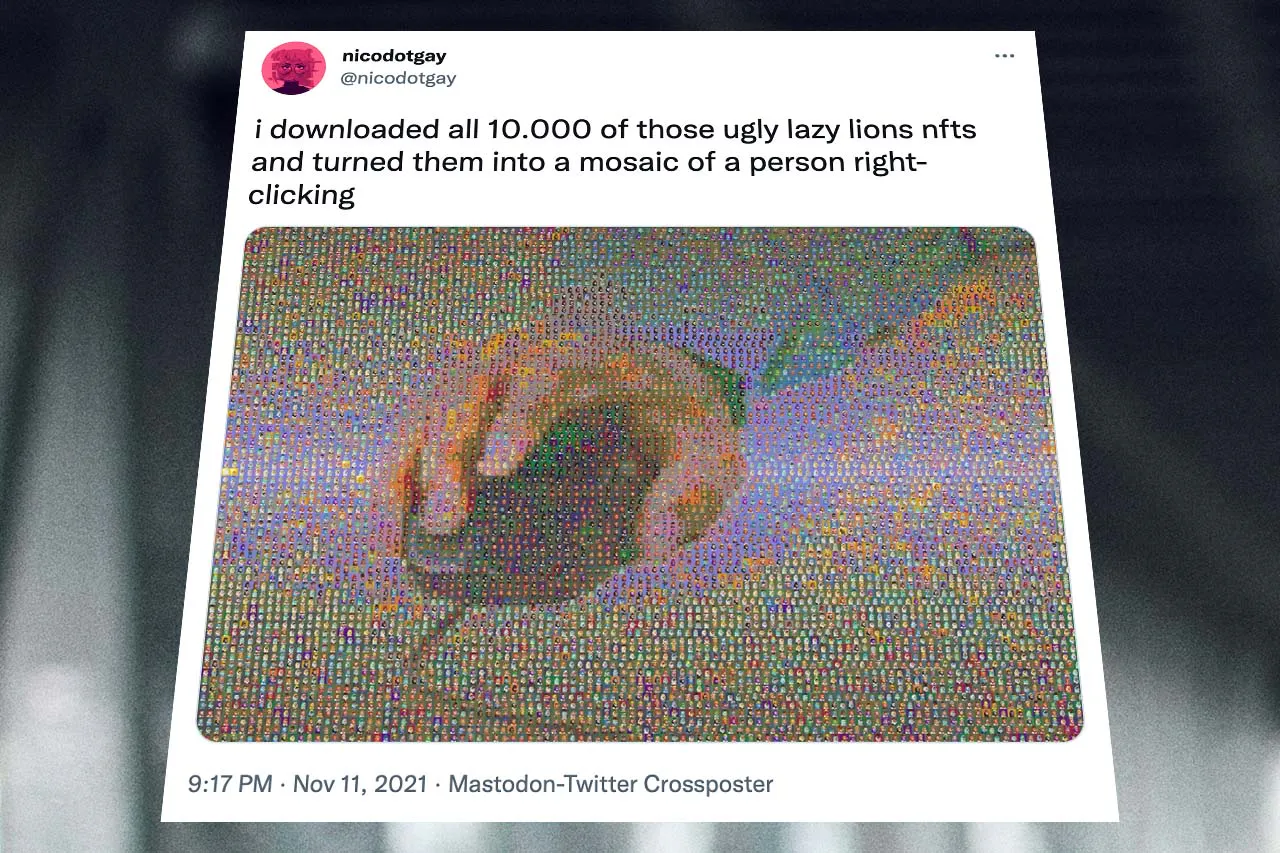Ein Paradigmenwechsel steht bevor. Der unendlich scrollende Newsfeed hat Facebook groß gemacht, Twitter, TikTok. Jetzt wird er abgelöst.
Die alte Welt: Die Content-Brocken sind im Überfluss vorhanden und schwimmen an uns vorbei. Wer nicht geistesgegenwärtig Permalinks speichert, findet kaum etwas wieder. Es soll Menschen geben, die ihr Mailpostfach als Strom begreifen, in dem Texte vorbeifließen. Hin und wieder tauchen sie ein. Google Docs ist auch nur ein Textfeed.
Die neue Welt: räumlich. Spatial. Was für das Metaverse eine Rolle spielen wird, aber bereits in 2D Anwendung findet. Zum Beispiel in Miro oder Mural, den kollaborativen Whiteboard-Tools. Oder dem Design-Werkzeug Figma (Si apre in una nuova finestra). Der Notizapp Nototo (Si apre in una nuova finestra). Zoom-Alternativen wie Gather (Si apre in una nuova finestra). Das sind Interfaces zu einer Welt. Gelernt haben wir diese Art der Bedienung längst mit Google Maps.
Spatial Software (Si apre in una nuova finestra): A proposed spatial software framework takes ideas from gaming and enhances productivity apps with a sense of place.
What comes after the social feed? (Si apre in una nuova finestra) Exploring alternative ways to navigate besides the infinite scroll.
Journalism
Big media strikes back at Substack (Si apre in una nuova finestra): Pressure from new publishing platforms has finally pushed newsrooms to create programs that give writers more pay, autonomy and flexibility.
A Good Newsletter Exit Strategy Is Hard to Find (Si apre in una nuova finestra): As burnout and new opportunities beckon, newsletter writers navigate the awkward matter of quitting—and issuing refunds. It’s just the latest wrinkle in the digital economy’s complications of work and worth.
🎧 Longform Podcast #464 (Si apre in una nuova finestra): Casey Johnston hat unter anderem für Vice geschrieben, wie sie Krafttraining für sich entdeckt hat – und schreibt darüber einen Newsletter auf Substack, She's a Beast.
Ihr Erlöser. Oder ihr Untergang (Si apre in una nuova finestra): Holger Friedrich wollte die Berliner Zeitung wieder erfolgreich machen. Zwei Jahre später gibt es viele Probleme – und einen mysteriösen anonymen Autor.
The forgotten oil ads that told us climate change was nothing (Si apre in una nuova finestra): Since the 1980s, fossil fuel firms have run ads touting climate denial messages – many of which they’d now like us to forget. Here’s our visual guide.
Web 3.0
Ich lese gerade Woche für Woche mehr über Web 3.0 / Crypto / NFT und teile hier völlig offen und ungeschützt den Prozess, wie sich mir das darstellt. Sicherlich checke ich was nicht. Sicherlich fehlen mir Schlüsseltexte. Hinweise sind immer gern willkommen. Los geht's:

Menschen geben richtig viel Geld für einigermaßen fälschungssichere Quittungen aus, die ihnen Bescheinigen, richtig viel Geld ausgegeben zu haben. Zum Beispiel für absurd schlechte (Si apre in una nuova finestra) Kunst, oft Bilder. Die Bilder kann man millionenfach im Netz kopieren, die Quittung existiert nur einmal und hat einen ideellen Wert. So wie ein T-Shirt von Supreme drei Dollar kostet, aber das 600-fache Wert ist. Weil jemand bereit ist, das zu zahlen.
Genau: Mit NFTs werden digitale Güter künstlich verknappt. In der Theorie hilft das den Künstlern, die mit digitaler Kunst Geld machen können. In der Praxis muss man einer der wenigen, großen NFT-Plattformen vertrauen, Urheberrechte durchzusetzen und gegen Betrug vorzugehen. Und man muss ins Ether-Ökosystem rein, das nur so lange funktioniert, wie Menschen bereit sind, ihr reguläres Geld in Ether umzutauschen. Was aktuell noch sehr nach Schneeballsystem aussieht.
(Am Ende sind da ein paar Leute unterwegs, die vor ein paar Jahren in Crypto investiert haben und jetzt nicht wissen, wohin mit ihren Millionen.)
Was Web 3.0 außerdem ist: Der Versuch, alles als ökonomische Transaktion abzubilden. Das erlaubt geteilte ownership, was erstmal gut klingt, steht aber im Gegensatz zu Modellen wir den digital commons mit Wikis und Open Source.
Who Will Win The Web3 Culture War? (Si apre in una nuova finestra) Right-clickers vs. the monkey JPG owners.
They Love Crypto. They’re Trying to Buy the Constitution (Si apre in una nuova finestra): How a »financial flash mob« is trying to raise $20 million for a rare copy of the U.S. Constitution.
🎧 Breaking Down the Metaverse (Si apre in una nuova finestra): Der Postlight-Podcast hat Choire Sicha zu Gast, es geht um Facebook und die Zukunft sozialer Plattformen.
NFTs Weren’t Supposed to End Like This (Si apre in una nuova finestra): When we invented non-fungible tokens, we were trying to protect artists. But tech-world opportunism has struck again.
How VR Company Spatial Became the Airbnb for NFTs (Si apre in una nuova finestra): »The industry seems to be rallying around this idea of an interoperable, NFT-driven metaverse.«
The Bored Apes take Manhattan (Si apre in una nuova finestra): Members of Bored Ape Yacht Club, the internet’s hottest NFT project, monkeyed around IRL at Ape Fest 2021. How long can the party last?
Open Web
XMPP, A Comeback Story (Si apre in una nuova finestra): A 20 Year Old Messaging Protocol For Robust, Private and Decentralized Communications.
Longread
The Magnificent Bribe (Si apre in una nuova finestra): Half a century ago, Lewis Mumford developed a concept that explains why we trade autonomy for convenience.
Internet Explorer
SpaceHey (Si apre in una nuova finestra): Ein 19-Jähriger aus Deutschland hat das alte MySpace nachgebaut und es haben sich mehr als 200k Leute (Si apre in una nuova finestra) angemeldet.
Netflix (Si apre in una nuova finestra): Weekly Top 10 lists of the most watched TV and films in countries around the world.
Scan of the Month (Si apre in una nuova finestra): Lego Minifigures
The Billion Dollar Torrent (Si apre in una nuova finestra) (all NFT's from Ethereum & Solana)
Das war Ausgabe #82 von THEFUTURE (Si apre in una nuova finestra), dem Newsletter über das wilde Internet und die Zukunft der Medien von Ole Reißmann (Si apre in una nuova finestra). Sharing is caring!


